N.A. Downie9780751403527, 0-751-40352-0
Industrial gases are inextricably woven into the fabric of modern manufacturing. From the primary extraction of raw materials,through their intermediate processing to manufacture metals, chemicals and ceramics, to the fabrication of sophisticated industrial, comsumer and food products, gases are use across the whole spectrum of industry. The isolation, manufature and supply of these gases is a major industry in itself; the 300 million tones of gas used each year generates sales in excess of $20 billion. In terms of tonnage, nitrogen has become the most used industrial gas, finding applications across the whole range of industry. It is still manufactured by liquifying and then distilling air, but as applications develop and demand increases, newer methods of isolation, such as pressure swing absorbtion and membrane seperation will become important. This new book introduces the main industrial gases and the gases industry, the discusses the main technologies for their isolation, seperation, manufacture and handling. There follows an overveiw of the main applications of industrial gases and a brief discussion of new production processes and applications. Chemists, chemical engineers, physisists and technologists involved in the research and development, production or utilisation of industrial gases will find this concise book an essential and accessable reference source. For advanced students of these disciplines, the book provides a fascinating overview of this important industry. |
Table of contents :
Cover……Page 1
Title Page……Page 4
Copyright……Page 5
Preface……Page 6
Acknowledgements……Page 8
Contents……Page 10
1.1……Page 16
1.2……Page 18
1.3……Page 20
1.4……Page 52
1.5……Page 57
1.6……Page 59
1.7……Page 66
1.8……Page 72
2.1……Page 76
2.2……Page 132
2.3……Page 162
2.4……Page 206
2.5……Page 277
3.1……Page 313
3.2……Page 325
3.3……Page 354
3.4……Page 366
3.5……Page 386
3.6……Page 444
3.7……Page 457
3.8……Page 487
3.9……Page 517
4.1……Page 533
4.2……Page 534
4.3……Page 540
4.4……Page 550
Appendix A. Glossary……Page 552
Appendix B. The human nose as a gas detector……Page 558
Appendix C. Use of industrial gases in schools……Page 562
Appendix D. Gas cylinder colour marking……Page 568
References……Page 570
Further reading……Page 572
Index……Page 574 |
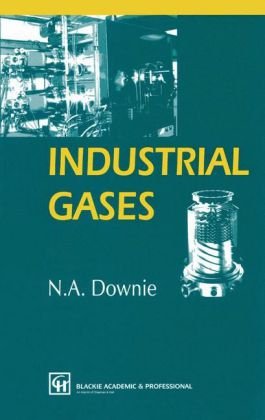

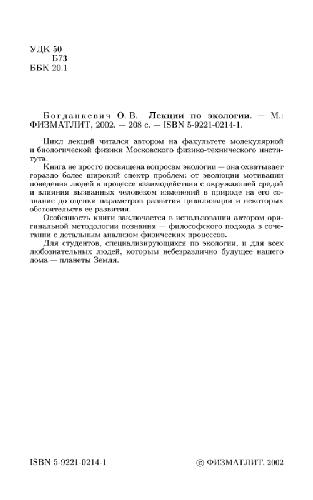

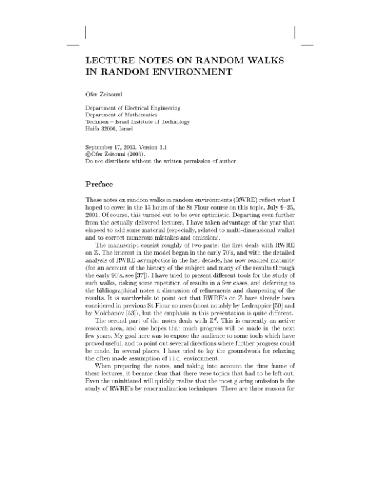
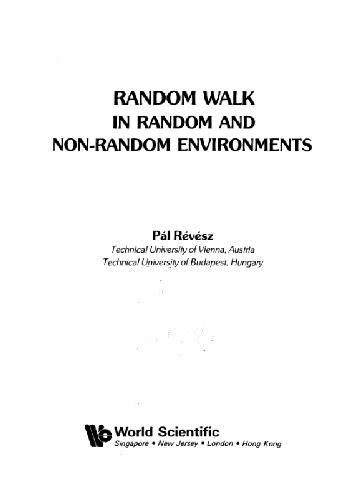
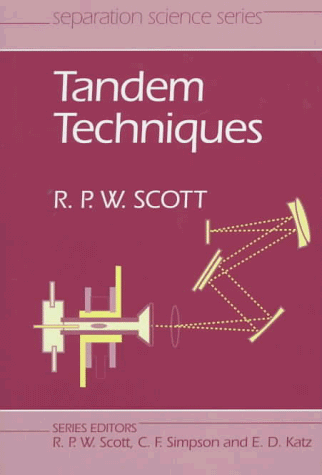
Reviews
There are no reviews yet.